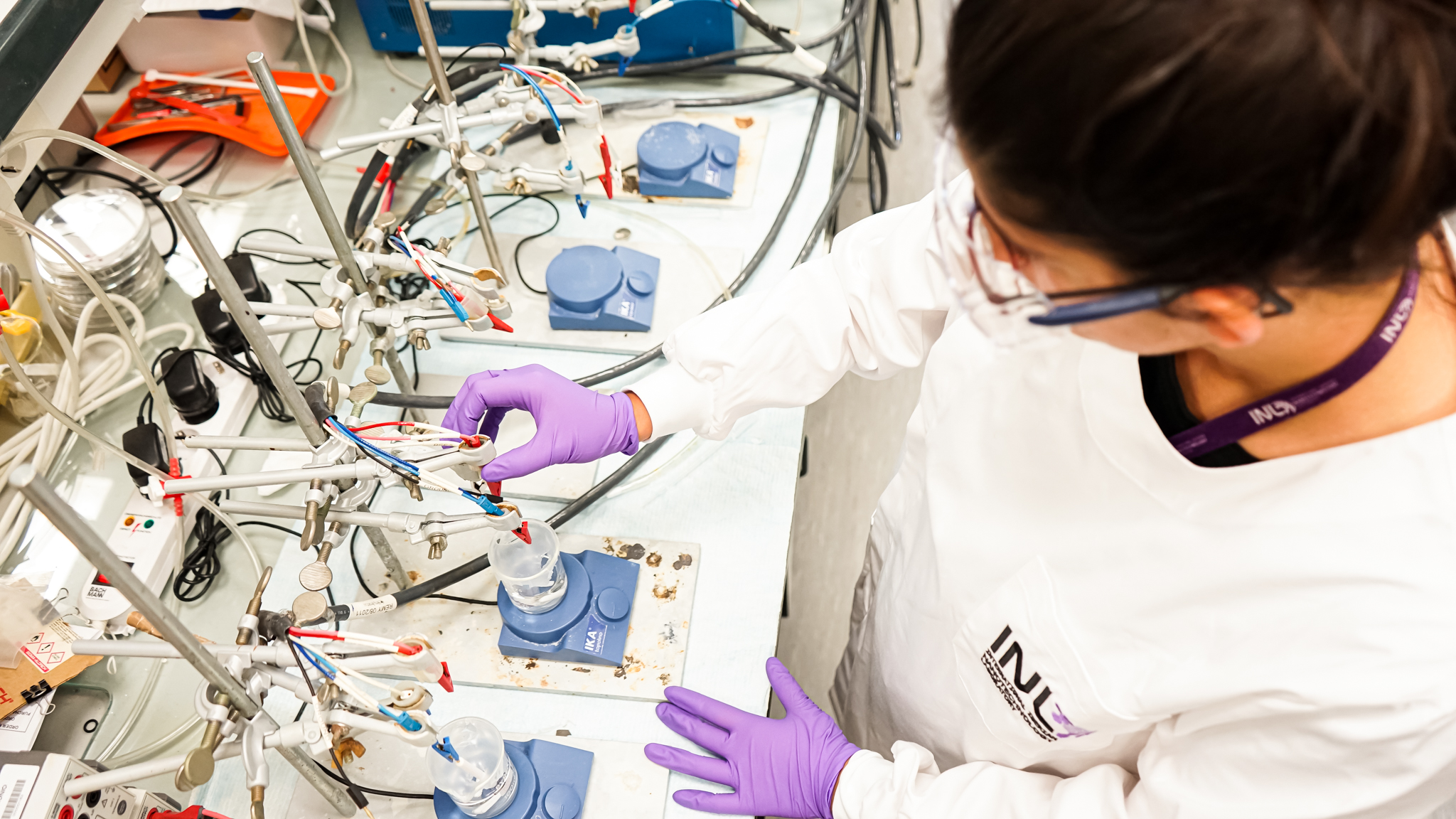INL researchers from the Clean Energy cluster are actively engaged in hydrogen and renewable gas research. Hydrogen holds tremendous potential to revolutionize our society in various ways. As a clean and versatile energy carrier, hydrogen offers a promising solution to mitigate climate change and reduce dependence on fossil fuels. It can be produced from water and renewable electricity, and it can be transformed into a wide range of synthetic fuels. Advancements in hydrogen research are driving the development of efficient and cost-effective methods for hydrogen production, storage, and utilisation. Hydrogen can be directly used in fuel cells for transportation, enabling zero-emission vehicles and reducing air pollution. It can also be used in industrial processes and power generation, fostering a sustainable energy ecosystem. Furthermore, by combining hydrogen with other abundant gases, it is possible to produce methane, methanol or other renewable gases, that are compatible with existing natural gas and energy infrastructure. While these factors open up opportunities for the widespread adoption of hydrogen, there is still a need to develop more efficient electrolysers and other systems that use fewer critical raw materials. Moreover, hydrogen can be applied in various sectors, including industrial processes, power generation, and residential applications, further contributing […]
Read more


